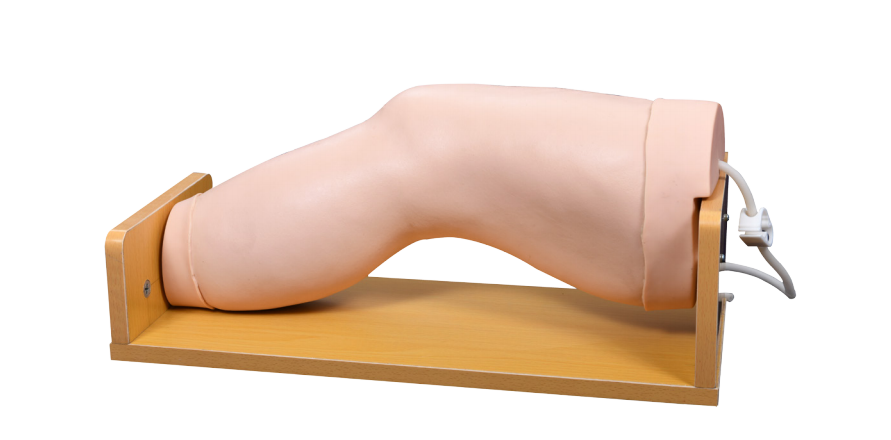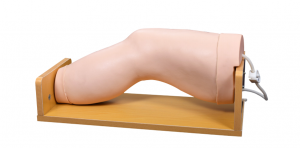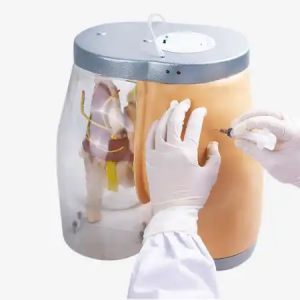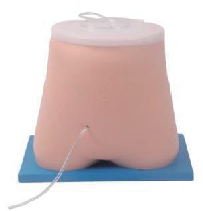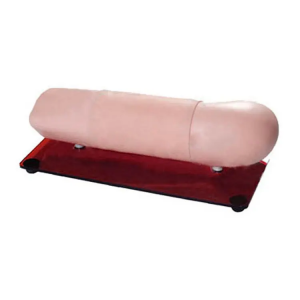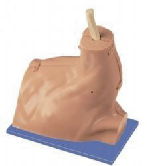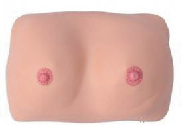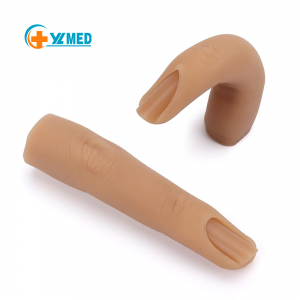Intracavitary injection model of knee joint
Intracavitary injection model of knee joint
Functional features:
1. Using imported polymer materials, skin and muscle are stratified clearly, with complete knee joint anatomical structure, and obvious body surface signs.
2. Can be repeated puncture, standard puncture position, easy to needle and realistic needle feeling.
3. A one-way valve can be used to repeatedly inject liquid into the bursa to simulate the bursa fluid.
4. Automatic sealing of bursae.
5. The skin surface can be cleaned with soapy water, and the skin can be replaced.
Simulated Anatomy Medicine Teaching Model Knee Joint Intracavity Injection Model
|
Product name
|
Knee Joint Injection Model
|
|
Packing size
|
58*29*44cm
|
|
Packing Weight
|
9 kg
|
|
Material
|
PVC,silica gel
|
|
Type
|
Medical teaching and practice model
|

Functional features:
Using imported polymer materials, the skin and muscles are clearly layered, with a complete anatomical structure of the knee joint and obvious body surface markings.
It can be repeatedly punctured, with a standard puncture position that is easy to puncture and has a realistic feeling of needle insertion.
A one-way valve can repeatedly inject liquid into the synovial sac to simulate synovial fluid.
Automatic sealing of the sliding bag.
Intelligent evaluation system: When each part is punctured correctly, there will be a corresponding green light prompt on the control box.
The surface of the skin can be cleaned with soap and water, and the skin can be replaced.
Product Details
Advantage:
1. The product is made of eco-friendly low toxicity and safe high quality PVC.
2. OEM & ODM are welcomed.
3. Never stink. The smell of plastic products is an extremely important indicator to measure its environmental and safety effect.
4. Never distortion, Not easy to broken, No effusion liquid.
5. Easy to preserve and transport.
6. High-quality at factory price, Widely-used, Customizable, Timely delivery.
7. It is convenient, practical, flexible for doctor to use, For students and teachers to understand human anatomy.
1. The product is made of eco-friendly low toxicity and safe high quality PVC.
2. OEM & ODM are welcomed.
3. Never stink. The smell of plastic products is an extremely important indicator to measure its environmental and safety effect.
4. Never distortion, Not easy to broken, No effusion liquid.
5. Easy to preserve and transport.
6. High-quality at factory price, Widely-used, Customizable, Timely delivery.
7. It is convenient, practical, flexible for doctor to use, For students and teachers to understand human anatomy.



